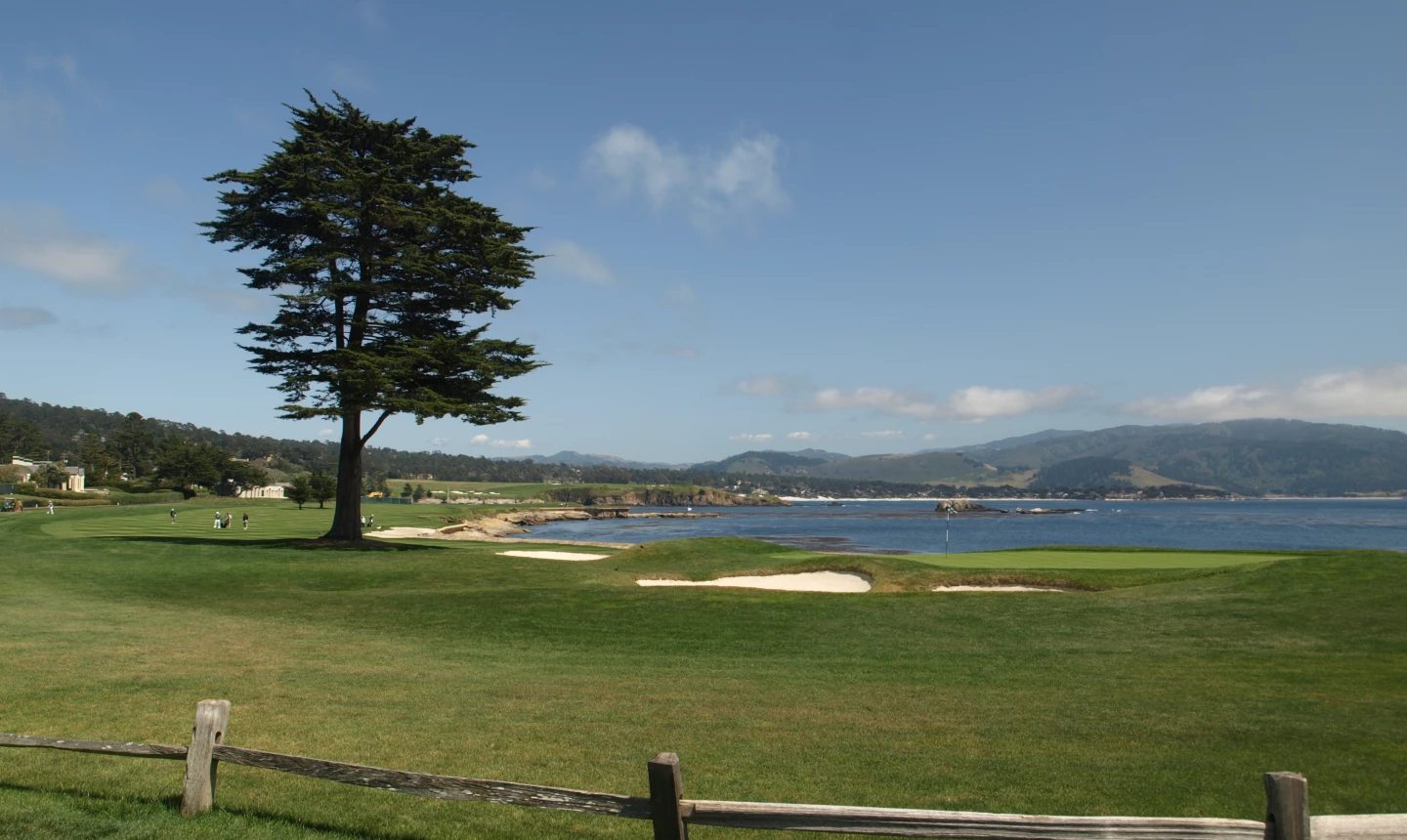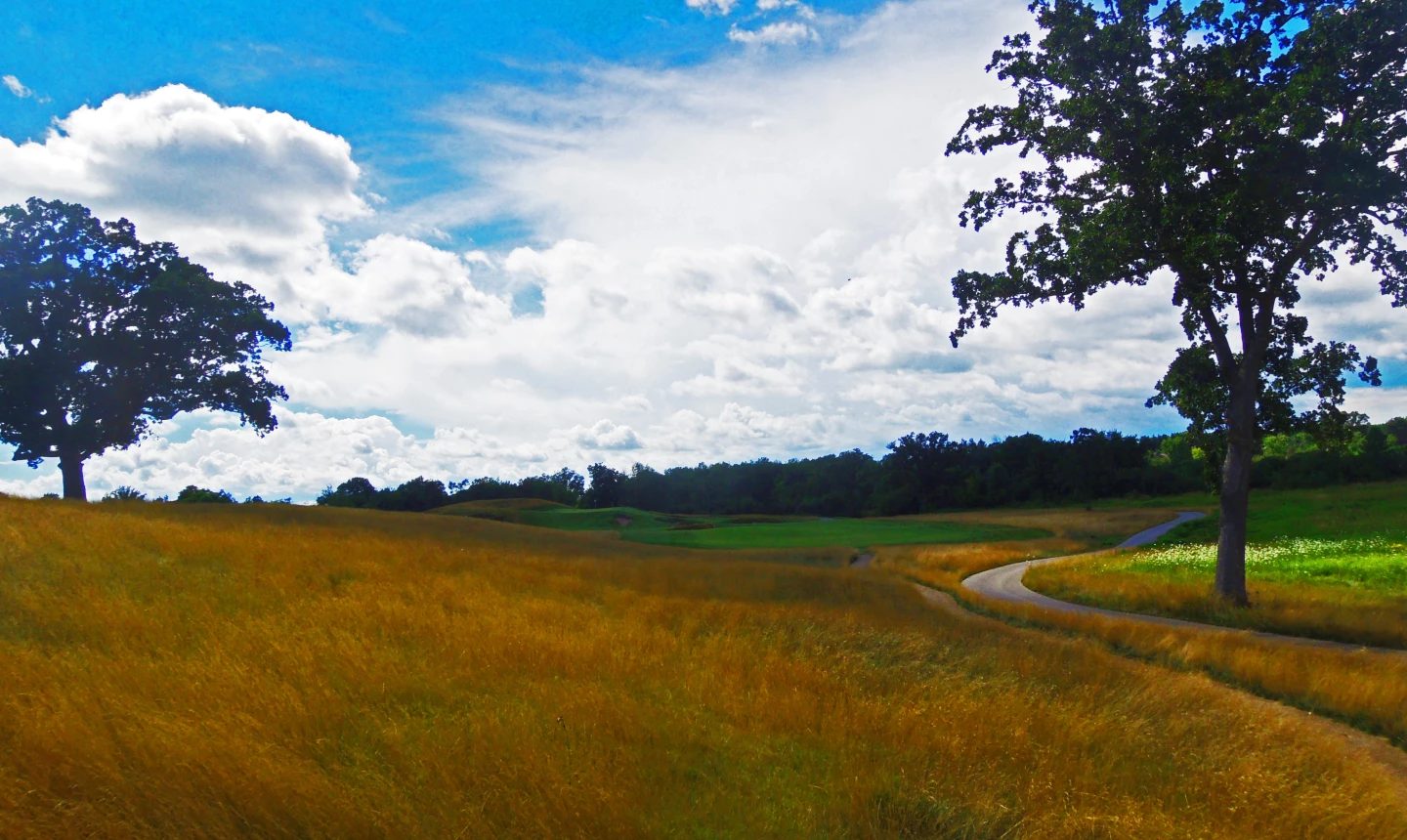The no. 1 course you can play in America is Pebble Beach Golf Links.
Or is it Pacific Dunes at Bandon Dunes Resort in Oregon?
Well, it all depends on whom you ask. In this case, Pebble Beach is no. 1 according to Golf Digest, and Pacific Dunes is tops on Golf Magazine's list. It's hard to argue against either course, and the difference between the two, when you figure the scoring for each, is infinitesimal.
But how do these golf magazines come up with their biennial "best of" lists? What are the most important factors? Perhaps a look at the criteria for each might reveal why one course might be rated in different places on both lists.
How they rate them
Golf Digest has actually been rating courses the longest -- since 1966 -- and it also has the most panelists, around 700. They must have a minimum handicap of 5 and they rate all kinds of courses to create two main lists: top 100 overall (both in the world and in the U.S.) and best public. Golf Digest's panel consists of players from every walk of life, and they're all avid golfers and mostly amateurs. Their judgments are based on a specific set of criteria that include aesthetics, conditioning, design balance, memorability, resistance to scoring, shot values, tradition and ambiance and overall -- each based on a 10-point scoring system.
Golf Magazine's system differs from Golf Digest's. First, its panel has far fewer members (around 125), and they mainly come from the golf industry. They include architects like Tom Doak and Rees Jones, PGA Tour players such as Jim Furyk and Justin Rose, former tour players, media members and others involved in the golf business. (Architects can't rate their own courses.) Golf Magazine's categories include "rhythm of design, location, ambiance, tradition, conditioning and visual appeal." And instead of giving each category a numerical rating, panelists are asked to rate whether they think each is worthy of A) Top 10 in the world; B) Top 10-50; C) Top 50-100; D) Top 200 in the world and top 100 in the U.S., and so on. (It's also worth mentioning here that Golfweek has its lists, too. Its raters have to pay a fee to participate and are required to attend periodic conferences.)
There's also the question of how many raters can get to each course, what the minimum required number of raters for a course is to receive a rating, and how are bad raters and bad ratings thrown out. Suffice it to say, for example, that just because you're a rater for Golf Digest or Golf Magazine, your chances of getting on Augusta National Golf Club with a rating card in hand are next to zero.
Yet, there's Augusta National year after year in the no. 3 position on both lists, with little argument from the golf world. Same goes for Pine Valley Golf Club, which not only tops the best 100 courses in America list for both magazines, but also the best in the world. In fact, the top three on both the Top 100 in the United States and the world are the same on both lists: Pine Valley, Cypress Point Club and Augusta National. It seems a bit arrogant to assume the top three courses in the world are all in the U.S., especially considering where the game originated.
Speaking of the birthplace of golf, the Old Course at St. Andrews appears at no. 4 on Golf Magazine's best in the world list (Golf Digest has the Old Course at no. 7), and if you think about it, that's not surprising since Golf Magazine's panel includes architects, who typically hold the Old Course in the greatest reverence. The listed architect for St. Andrews, by the way, is "Nature."
Video: Golf Digest's Ron Whitten on the Top 100 rankings
But what about the courses we can play?
The Old Course is also the first public course on the best in the world lists. In fact, just four of the courses on Golf Magazine's list and five on Golf Digest's are accessible to the public, and all but one of them (Pebble Beach) are outside the U.S. In other words, private courses in America that few of us get to play are generally held in higher regard.
But for most of us, who typically can't get on these top-10 private clubs, the public-course lists are more relevant. Here's a look at each magazine's top 10 courses you can play in the U.S.:
Golf Digest's America's 10 Greatest Public Courses: 1) Pebble Beach Golf Links; 2) Straits Course at Whistling Straits; 3) Pacific Dunes; 4) Ocean Course at Kiawah Island; 5) Shadow Creek Golf Club in Las Vegas; 6) Bandon Dunes at Bandon Dunes Resort; 7) Pinehurst No. 2; 8) Bethpage Black; 9) TPC Sawgrass Stadium Course; and 10) Erin Hills Golf Course.
Golf Magazine's Top 10 Courses You Can Play: 1) Pacific Dunes; 2) Pebble Beach; 3) Pinehurst No. 2; 4) Bethpage Black; 5) Ocean Course at Kiawah Island; 6) Straits Course at Whistling Straits; 7) TPC Sawgrass Stadium Course; 8) Bandon Dunes at Bandon Dunes Resort; 9) Harbour Town Golf Links; and 10) Old Macdonald at Bandon Dunes Resort.
The debate continues
Are these systems flawed? Of course they are. They are inherently biased, not only by the different makeup of each panel of raters, but also by regional biases, personal preferences, natural collusion between raters who know each other, and factors like tradition and history seemingly having more weight.
It seems like somebody could build the greatest golf course on earth with 18 absolutely perfect holes, and it will never be ranked over Pine Valley, Cypress Point and Augusta National unless turf conditions at those three suddenly go downhill. And even then, only a select few raters get to play those courses, and many of them probably already have their cards filled out before they step foot on the property.
The public lists have the potential for the most movement. More raters and more great resort courses coming online make this possible. For example, Erin Hills in Wisconsin, site of the 2017 U.S. Open, made its debut on Golf Digest's list at no. 10, and Whistling Straits and Pacific Dunes switched places from its previous list.
I generally agree with the courses that appear on both top 10 public lists, though I have a couple of courses I would put in there. Chambers Bay, the Robert Trent Jones II course that gets the 2015 U.S. Open, would be among my best 10 courses you can play. I would also include Pasatiempo, Alister MacKenzie's favorite design (wonderfully restored by Tom Doak). Chambers Bay has an incredible setting on the Puget Sound near Seattle and, next to Bandon Dunes, it's the closest thing the U.S. has to links golf. And Pasatiempo, even though it ends with a par 3, might have the best back nine I've ever seen, with the possible exception of Augusta National.
Both Chambers Bay and Pasatiempo, by the way, do not appear in the second 10 of Golf Digest's list but come in 15th and 17th, respectively, on Golf Magazine's list. Different strokes for different folks: It's what makes golf fun.

















